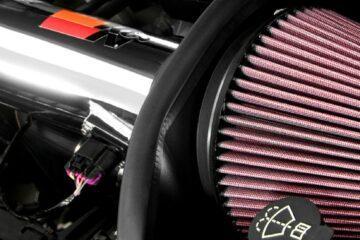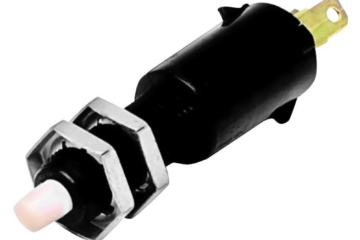Brake fluid is one of those items on your car that you probably don’t think too much about. Sure, you pay attention to the condition of your pads and rotors, but how often do you think about the condition of your brake fluid? For the most part, it’s designed to be a pretty trouble-free part of your car. If your brake system is well-maintained, chances are you won’t even need to top off the brake fluid in between brake pad changes. However, there are a few key things to keep in mind.
First off, what does brake fluid do? Your car’s brake system is hydraulic. Basically, when you press the brake pedal, the master cylinder pushes brake fluid through the brake lines, and this fluid is what compresses the brake calipers and enables the pads to grip the rotors, slowing down your car. In principle, it’s pretty simple.
Simple doesn’t mean that the system doesn’t need maintenance. Brake fluid doesn’t last forever. Brake fluid is hygroscopic, meaning that it absorbs moisture from the air. This can create two problems in your brake system. First off, the moisture can and will corrode your brake lines. With the damage happening from the inside out, this creates a dangerous situation where you won’t even see the damage occurring. Your only warning will be decreased brake performance and possibly brake failure. In order to maintain your car properly, you need to change your brake fluid every two years. Some higher-end ABS systems require use of a factory scan tool in order to activate the ABS pump. Simpler systems can be maintained by the DIY enthusiast.
The easiest way to do this is with a vacuum brake bleeder, pumping new fluid through the lines and out the bleed screws, starting at the caliper furthest from the master cylinder, and work your way to the caliper that’s closest. If you don’t have a vacuum bleeder, you can have a helper pump the brake pedal while you open the bleed screws. No matter what you do, make sure the master cylinder reservoir stays full of brake fluid. If it runs dry, you’ll introduce air bubbles into the lines and need to bleed the system again.
The other thing to keep in mind is not to mix different types of brake fluid. Most systems operate on DOT 3 and DOT 4. Technically, you can mix DOT 3 and DOT 4. The main difference is that the DOT 4 fluid has a higher boiling point and is typically reserved for higher-performance systems. These fluids are gycol-ether based. NEVER, under any circumstances, mix DOT 3 or DOT 4 with DOT 5 brake fluid, which is silicone based. The two types of fluid are incompatible and will lead to more rapid corrosion in the system.



